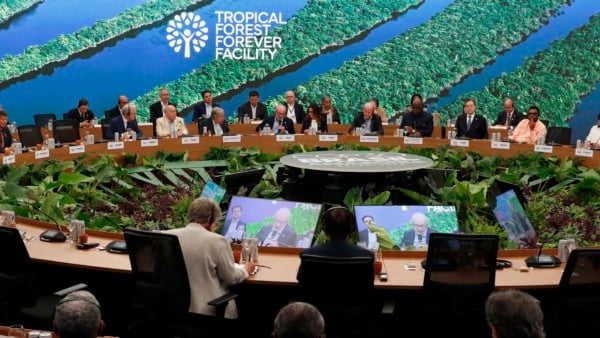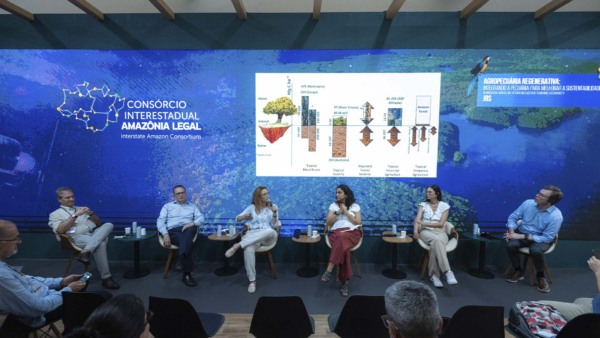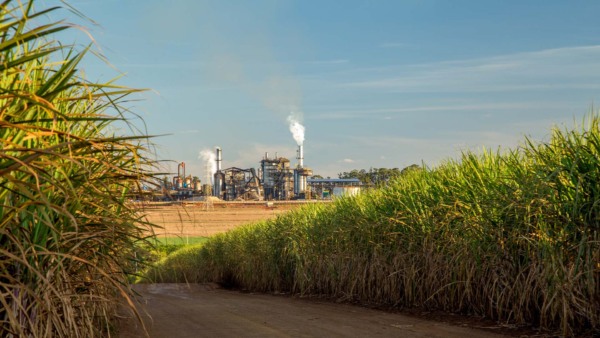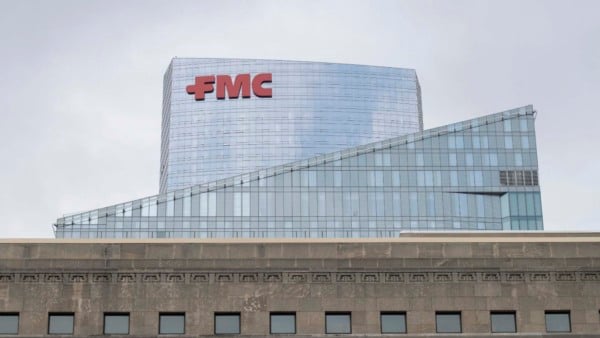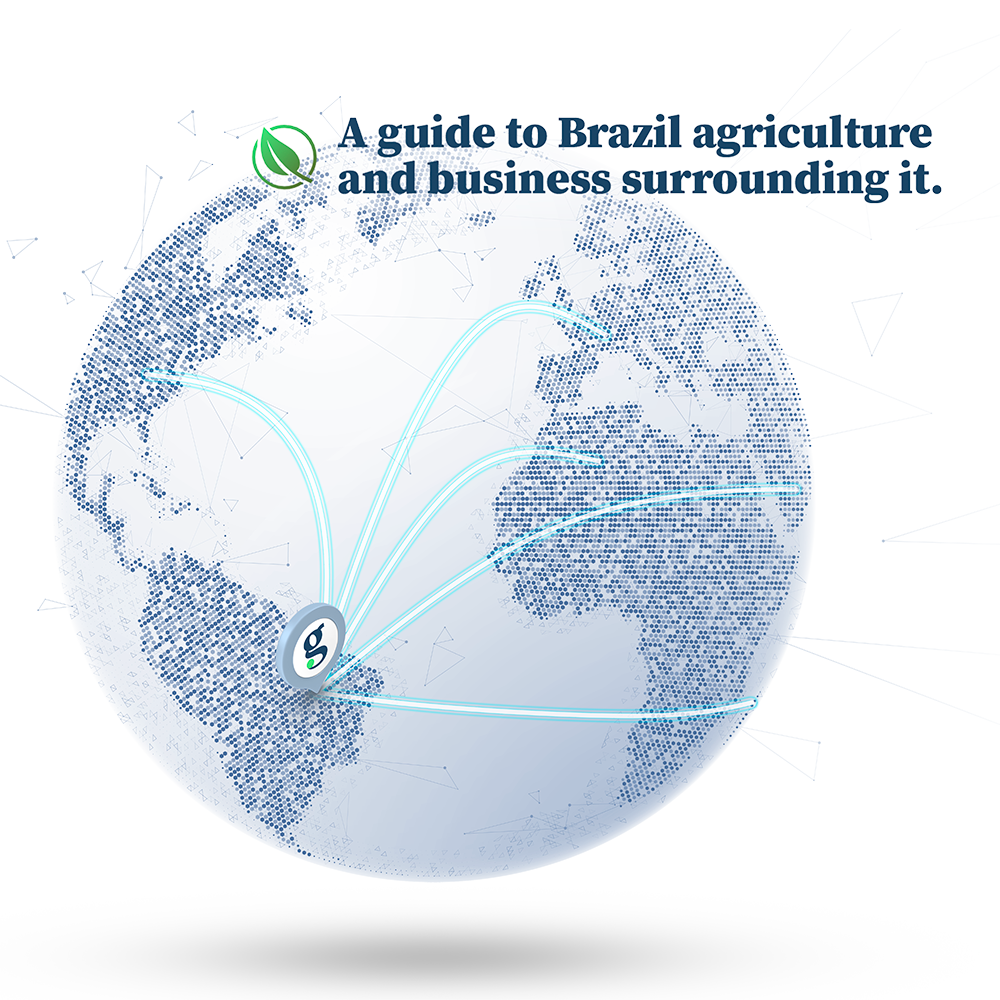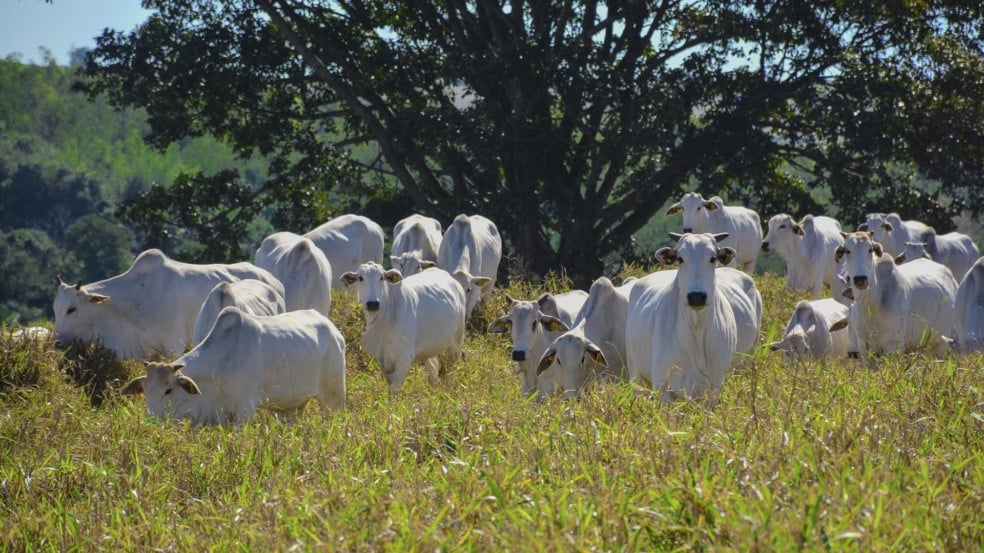
A new study suggests Brazil’s beef industry could flip its climate narrative, with nearly one-third of ranches already capturing more carbon than they release.
The research, conducted by Fauna Projetos under the leadership of agronomist Eduardo Assad, analyzed the carbon balance of 103 small and medium-sized cattle farms across 12 Brazilian states.
Findings challenge conventional wisdom on livestock and emissions: 31% of the farms act as net carbon removers, 45% emit between zero and 1.4 tons of CO₂ equivalent per hectare, and 24% emit above that threshold.
“With minimal soil management and pasture recovery, all of these farms could soon become carbon mitigators,” said Assad, who is also a teacher at Fundação Getulio Vargas, in an interview with The AgriBiz.
Tracking the carbon footprint
The research was commissioned in 2023 by the Inttegra Institute, which coordinates an initiative conducted by JBS that aims to boost productivity, sustainability and profitability in 500 cattle farms in Brazil.
The carbon accounting for the 103 properties used a greenhouse gas emissions calculator based on the GHG Protocol developed by the Intergovernmental Panel on Climate Change (IPCC).
“Just as we measure social, economic and animal performance indicators, we decided to monitor environmental ones,” said Antonio Chaker, a zootechnician and director at Instituto Inttegra. “We’re obsessed with numbers and with identifying which practices make a farm truly sustainable.”
The project began with 103 farms, has since expanded to 200, and is expected to reach 300 by the end of the year. “The results have remained consistent — our goal is to qualify these farms from an environmental standpoint,” Chaker said.
What the carbon-positive ranches do differently
Three key practices stand out among the 31% of farms that remove more CO₂ equivalent than they emit.
First, they maintain well-managed pastures: keeping soil covered, avoiding weeds, and planting diverse forage mixes.
Second, they run more efficient production cycles. Animals are slaughtered younger, which shortens their methane-emitting lifespans. Methane (CH₄), a byproduct of digestion, has a global warming potential 28 times higher than CO₂ over a 100-year period.
“Yes, cattle emit greenhouse gases,” Assad said. “But with proper pasture management, we can neutralize that methane.”
In Brazil, cattle are typically slaughtered at around 42 months (3.5 years). On carbon-mitigating farms, slaughter happens at 30 months or sooner — a standard that’s now required by China for imported beef.
Third, these farms adopt strong regenerative practices. They use less synthetic fertilizer — notably nitrogen, which accounts for about 6% of total agricultural emissions — and instead rely on composting and cover crops that capture carbon from the atmosphere.
“The more sustainable a livestock farm becomes, the more profitable it gets. There’s a direct correlation — and that’s our biggest takeaway,” said Chaker.
The low-emission majority
The largest group in the study — 45% of farms — emits between zero and 1.4 tons of CO₂ equivalent per hectare. According to Assad, they are “almost there” and could become carbon neutral with modest improvements.
“With a bit of investment in proper management, science and technology, it’s easy to move from emitter to mitigator,” he said.
These farms often use more chemical fertilizers or have partially degraded pastures needing recovery.
“When you improve pasture quality, fertilize the soil properly, introduce leguminous plants and increase forage density on pastures, you move from emitting 1.4 tons of CO₂e to avoiding 1.4 tons,” Assad explained.
The high emitters
The remaining 24% of farms fall into the high-emission category, producing more than 1.4 tons of CO₂ equivalent per hectare.
“This bottom group is mostly made up of properties that have experienced deforestation — even if legally — in recent decades,” Chaker said. “Degraded soils and deforestation, even within a 20-year horizon, keep them as emitters because that legacy remains on their carbon balance. These farms are also generally less efficient.”
When a farm in Inttegra’s portfolio is identified as high-emitting, the first step is to inform the producer. “No one likes being in that group,” Chaker noted. “But from there, we design a recovery plan — restoring pastures, adopting sustainable practices, and improving financial performance in the process.”
The next frontier
Experts agree that the foundation of any sustainable cattle system lies in recovering degraded pastures. In 2023, Brazil’s federal government launched the National Program for the Conversion of Degraded Pastures, aiming to restore 40 million hectares of low-productivity lands for food production.
“The next step is crop-livestock integration, which raises efficiency and enhances livestock’s mitigation potential,” Assad said.
The ultimate level, he added, is crop-livestock-forest integration — combining trees, crops, and cattle on the same land to boost productivity and cut emissions.
“This is the future of Brazilian agriculture,” Assad concluded. “I’ve been saying it for 25 years — and I hope our farmers embrace it in the next 40.”


